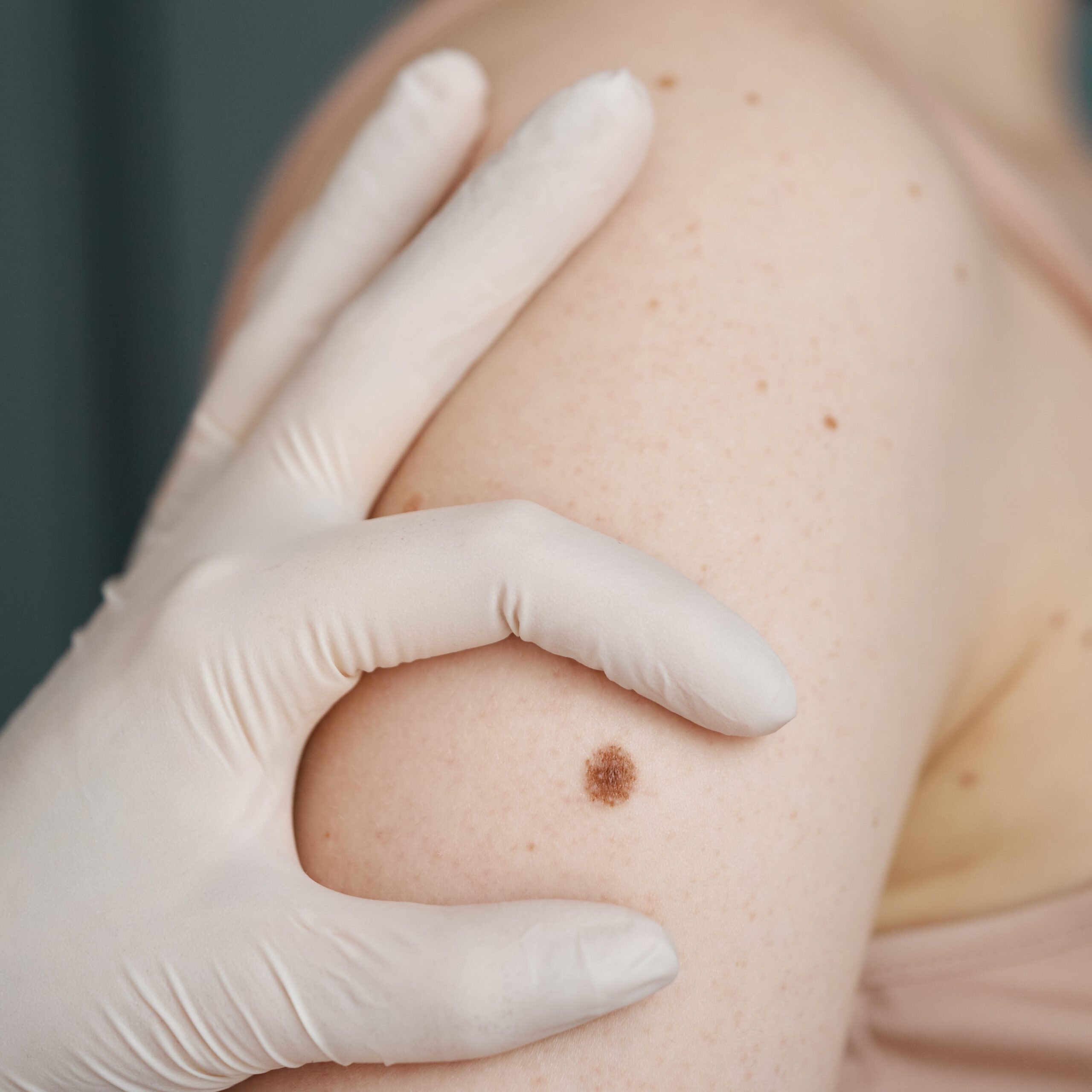Skin Cancer’s Little-Known Facts and Figures
October 20, 2014
 666
666 
By now, most of us know the following facts about skin cancer: melanoma is the most dangerous type of skin cancer; it’s typically caused by overexposure to the sun or a tanning booth’s UV rays; and it typically starts out in a physical aspect by looking like an irregularly-shaped mole.
But what about the things that don’t get too much media coverage and might not even cross our minds?
What You May NOT Know
Melanoma is known as a dangerous skin cancer, which is indeed true; but did you know that it’s not just limited to skin? While the outer skin is most common- ly affected, it can actually develop anywhere on the body – both inside and out. This includes your eyes, mouth, anus, vagina, urinary tract, palms and intestines.
Ultraviolet radiation from the sun or tanning beds is just one of the risk factors for skin cancer. Have you ever met a pale individual with light colored hair who jokingly said they “don’t tan, just burn easily”? This pale complexion is a big risk factor for various types of skin cancers. And, pale or not, if you’ve had any severe sunburn in the past, this also increases the likelihood of melanoma from developing in the future.
Perhaps the least known risk factor for skin cancer is occupational exposure to things such as coal tar, creosote, pitch and arsenic compounds.
Your Pet is Not Immune
At first glance, we might assume that our furry companions are resistant to developing skin cancer because their fur protects them from the sun. Even though scientific studies for skin cancer in animals trail far behind that of humans, it has been proven that both dogs and cats can develop the disease. In fact, skin tumors are the most common type of tumor found on dogs and these can eventually develop into cancer if left unchecked. While the fur does offer some protection against the sun, exposed areas such as the nose are left unprotected. Just like with humans, UV radiation isn’t the only risk factor for skin cancer, but it’s certainly a big one.
Take Heed
Besides the information we learned in health class and by watching the news, these are certainly many other aspects that may have been missed along the way. It’s important to shake the idea that skin cancer is only caused by chronic tanners who don’t use sunscreen – anyone can be at risk. Remember also, not only can it appear on areas that don’t receive much exposure to the sun, such as the soles of your feet and the palms of your hands, but it can also be found on your eyes and inside your body.
The easiest way to spot skin cancer, especially melanoma, is by the signature irregular mole that looks raised. But other ways to spot it include sudden changes in sensation, tenderness, pain and bleeding skin. If you’re in any doubt about an odd-looking mole or patch of skin, be sure to set up an appointment with your dermatologist ASAP.

A new study suggests that a widely used sugar substitute found in diet sodas, chewing gum, and low-sugar yogurt may elevate insulin levels. This could increase the long-term risk of heart disease. “Artificial sweeteners have infiltrated nearly all types of food, making it crucial to understand their long-term health effects,” said Yihai Cao, senior author […]

Diet Coke has long been a fan-favorite among soda lovers who want a fizzy, guilt-free alternative to traditional soft drinks. While its zero-calorie, zero-sugar label makes it seem like a healthier option, the reality is far more concerning. Despite its undeniable popularity, Diet Coke’s nutritional profile has raised red flags among health experts for years. […]

New study shows that embracing an anti-inflammatory, plant-forward diet can support cognitive function and help reduce the risk of dementia. What You Eat Shapes Your Brain The food you eat doesn’t just impact your body—it also affects your brain. Research suggests that eating an anti-inflammatory, plant-based diet can help improve memory, focus, and overall brain […]